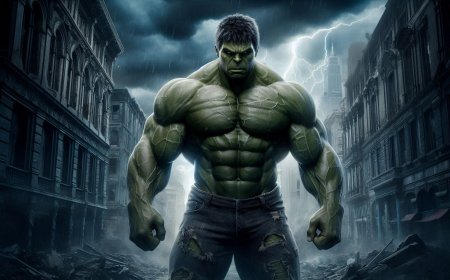A Flicker Before the Strike: The Curious Tale of Lighters and Matches
Explore the curious tale of lighters and matches, from Döbereiner's lamp in 1823 to the simple matchstick invention. Discover how these tools evolved and shaped fire-making history.

It seems like a contradiction: lighters were invented before matches. You'd think the simpler, easy-to-strike matchstick would naturally precede the more complex lighter. But in the quirky journey of invention, the path is rarely straight. So, how did a sophisticated tool like the lighter make its debut before the humble match? Let's spark some curiosity and dive into this twist of history.
The Early Flame: Enter the Lighter
The story begins in 1823, when a German chemist named Johann Wolfgang Döbereiner introduced the world to the first lighter, known as “Döbereiner’s lamp.” This early contraption was a far cry from the sleek, pocket-sized lighters we know today. Using a chemical reaction, it produced hydrogen gas by combining zinc and sulfuric acid. The hydrogen then ignited upon contact with a platinum catalyst, creating a flame. Ingenious? Absolutely. Safe? Not so much.
Döbereiner’s lamp was bulky and volatile, more a science experiment than a handy household tool. Its intricate design and dangerous potential kept it far from widespread use, but it was a remarkable innovation—proof that humans had figured out how to harness fire at the push of a button.
Striking Back: The Rise of Matches
Just three years later, in 1826, an English chemist named John Walker introduced something much simpler: the matchstick. Walker's matches, dubbed “Lucifers,” were portable, easy to use, and didn’t require a mini chemistry lab to ignite. A small stick coated with chemicals could now produce fire with a quick flick of the wrist. Matches, though crude by today’s standards, became an instant hit.
However, these early matches were far from perfect. They produced an awful smell, and occasionally, they’d ignite unexpectedly, posing a danger of their own. But people loved their convenience and ease. As time went on, matches evolved into the “safety match” we know today, thanks to further improvements by Gustaf Erik Pasch and John Edvard Lundström. By adding red phosphorus to the striking surface, these new matches were much safer and less prone to accidental combustion.
Why Matches Surpassed Lighters
So why did lighters, which came first, take a back seat to matches? The answer lies in complexity and accessibility. Early lighters were complicated and dangerous, requiring precise chemical reactions to work. On the other hand, matches were cheap, easy to make, and safer with the right adjustments. They became the go-to tool for lighting fires across the world, while lighters took time to catch up.
But as technology progressed, so did lighters. In the early 20th century, Austrian chemist Carl Auer von Welsbach developed ferrocerium, also known as “flint,” which revolutionized lighters. With a simple flick, flint could create a spark, making lighters more reliable and user-friendly. The invention of butane lighters further cemented their place in daily life, offering a refillable, adjustable flame that could be safely tucked away in your pocket.
The Flicker of Innovation
The story of lighters and matches shows just how nonlinear the path of invention can be. Sometimes, humans develop complex solutions before finding simpler ones. Döbereiner’s lamp, a technological marvel of its time, gave way to the humble matchstick. Yet, over time, the lighter evolved and regained its status as an essential tool for controlling fire.
Today, whether we strike a match or flick a lighter, we're wielding the result of centuries of innovation. Both are testaments to human ingenuity—solutions designed to solve the same problem in very different ways. One gives us the simplicity of a stick and a flame, while the other offers the sleek efficiency of a chemical spark.
In the end, both matches and lighters remind us of one of humanity’s most remarkable achievements: the ability to control fire. And while the lighter may have arrived first, the match’s simplicity burned its way into history, proving that sometimes, the simplest tools leave the biggest mark.
What's Your Reaction?






























































































